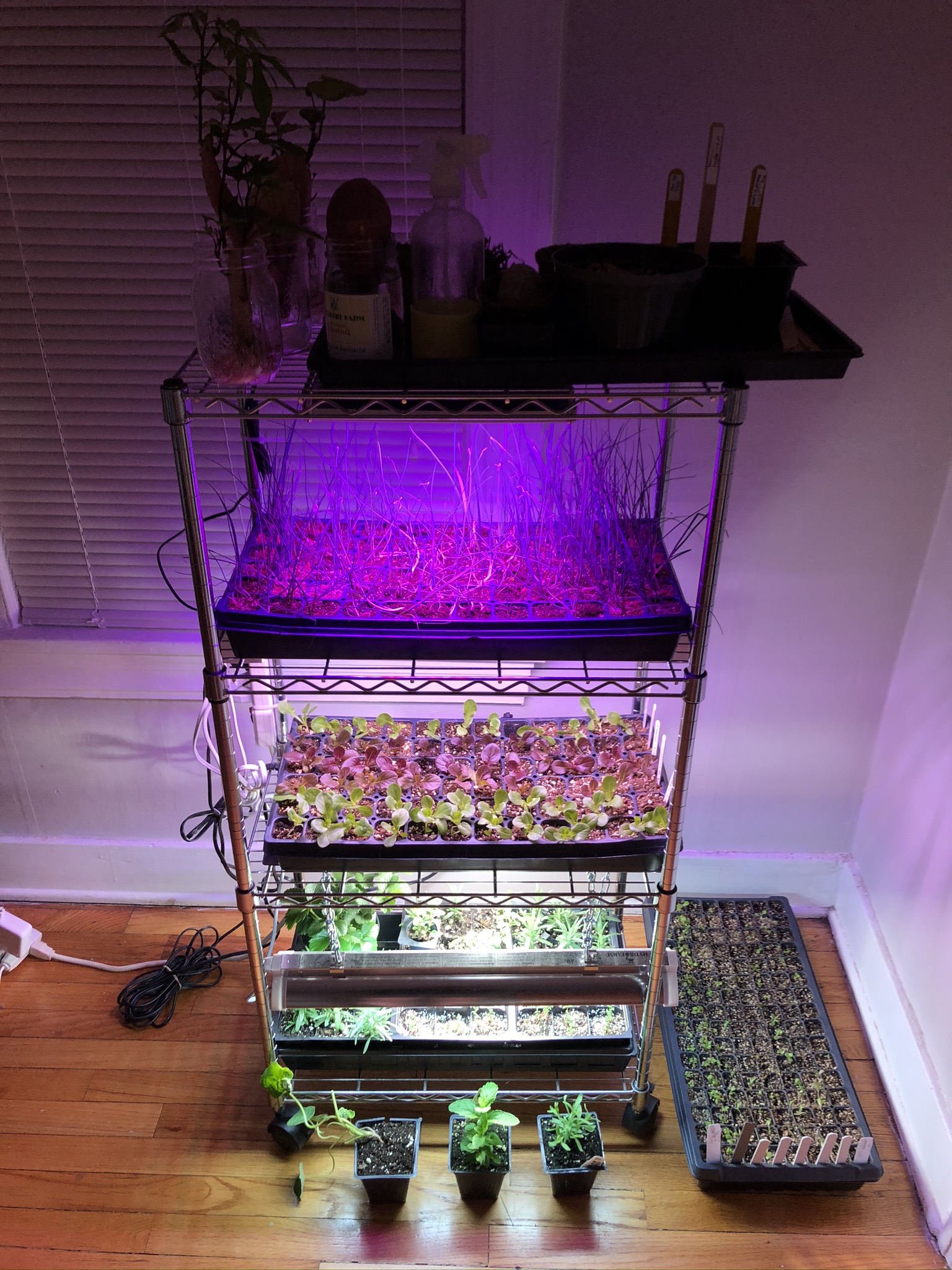Growing Herbs Indoors
Do you love the fresh flavor of culinary herbs to garnish your favorite meals even in the cold of winter? Potted herbs can thrive indoors with a few simple growing techniques!
What makes an “herb?” An herb is a plant, in botany herbaceous plants are those mostly soft green plants lacking any woody stems or trunks. In common usage, herb generally denotes a plant used for its flavor, medicinal or aromatic properties. The most consumed types are the culinary species like basil, parsley, mint, rosemary, thyme and oregano just to name a few.
And although many of these plant types can be grown best outdoors spring thru fall, when temperatures drop below freezing and light levels start to dwindle many of our favorite culinary herbs can be brought indoors and produce a relative bounty of fresh produce.
Starting with established plants. Although starting from seed will allow for greater access to more diverse herb cultivars, some popular herbs like thyme can take several weeks to germinate and if you want to be harvesting fresh herbs from home like yesterday, then heading to your local nursery to pick up established plant is ideal.

Supplemental lighting is almost always required for best results. Even the best south facing window will be lacking to provide adequate light for potted herbs. The fluorescent and LEDs lighting options used for seed starting (12-16 hrs/day) will usually be suitable to provide enough light quantity for healthy growth. Harvest herb in a uniform way that maintains an even height so that lights can be set a few inches above the plants.

Pot up plants from nursery containers into 4 or 5inch pots using soilless mix (peat or coir-based) labeled for container gardening. Make sure your new pots have drainage and include a removable saucer or tray to catch excess water. Some herbs from the grocery store are sold with their root system intact; likewise, transplanting into larger pots will extend the shelf life and potentially provide successive harvests.

Avoid placing plants too close to cold window or heating vents/radiators. Ideal room temperature should be between 65-75 daytime and 55-60 nighttime, however, many culinary herbs will endure some cooler temperatures (down to 40 degrees for short periods) but some, like basil, will not.
Running a small fan on your indoor herb garden not only promotes sturdier plant shape/ stronger stems but it can also disrupt insect pests, algae and diseases caused by excess moisture. Taking plants outdoors for short periods (usually when temperature are above 50 degrees) can help with air circulation and will also provide improved light quantity and quality.
Measure your expectations, the one rooted cilantro plant you buy from the nursery or grocery store may not provide all the guacamole garnish you need this winter. Without proper planning and supplies (e.g. light timers, self-watering systems) you might return from holiday travel to a withered countertop of potted herbs. But if you go into this endeavor just hoping to extend the life of a potted herb for enough weeks to make the cost outweigh your weekly expense for bunches purched at the market, then it will likely provide a return on investment. And with a little extra care and relocation from time to time you might keep your homegrown herbs going yearlong.
